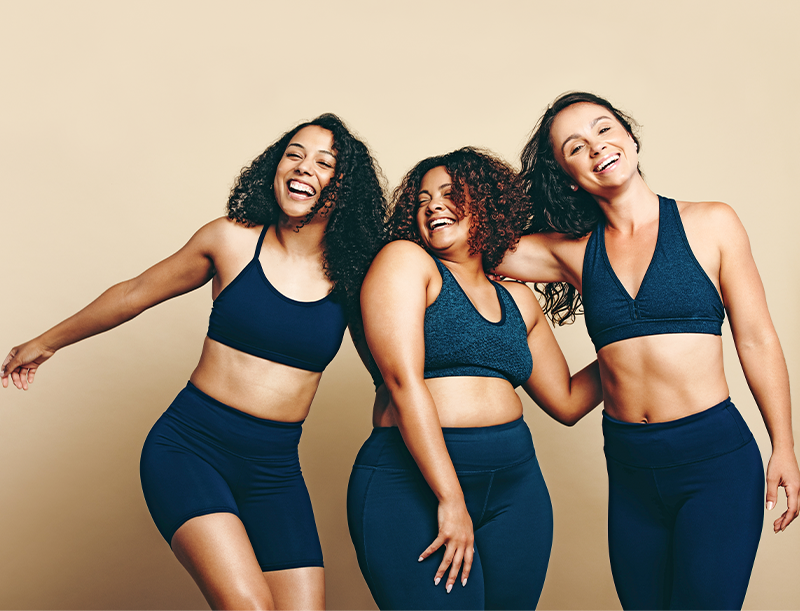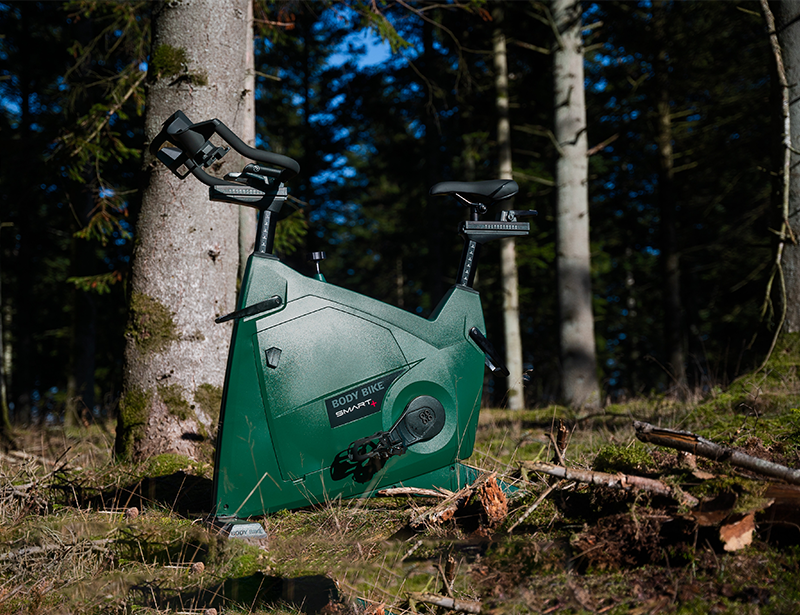Indoor cycling trends
Style / substance
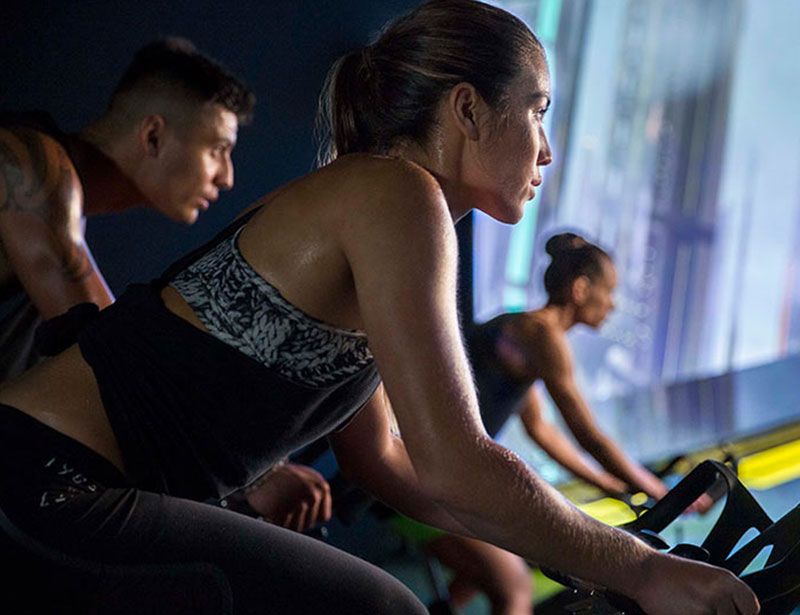
Since the early days of boutique studios, all founders have had to answer the question:
‘I have a gym membership, so why should I pay extra to attend classes at your studio?’
All too often, their answer seems to be to place the emphasis – and large amounts of capital – on purchasing the hardware (the equipment and overall studio aesthetic) and not on developing the software (the people, programmes and procedures). Of course, it’s important to have a nice facility and brand book, but this will only get the business so far. The people executing are key.
Put another way, your lighting budget cannot be higher than your budget for staff training, full stop.
So, how well prepared are your instructors? For how long have they been teaching, have they done a proper science-based certification, how much continuing education have they had, is there mentorship in place for their ongoing development? Your instructors are your studio, and they must be developed and mentored for both substance and style, knowledge and aesthetics.
Injuries will happen down the line if the class doesn’t have ample substance, if there are holes in the curriculum, inefficient speeds or excessive movements being incorporated. There are rules when it comes to the human body, but these are often ignored. It’s a problem I’m seeing all over the world.
You also have to make sure your classes are hard enough: customers shouldn’t be able to do two or three in a row. Cycling nowadays is what I call enterTRAINment, but if it’s all entertainment and no training – all style and no substance – it’s a problem.
Consumers are catching on en masse to what low-impact, proper riding should feel like. They also expect measurable growth and results. Do your classes deliver this? Because you can be performance-based and still ride on the beat – you don’t have to be one or the other. Learn fun ways to structure intervals and blend this with the coolest music to deliver a metrics-focused, goals-driven class experience with just as much style, musicality and enterTRAINment value from the instructor as a class elsewhere with dance moves and laser lights.
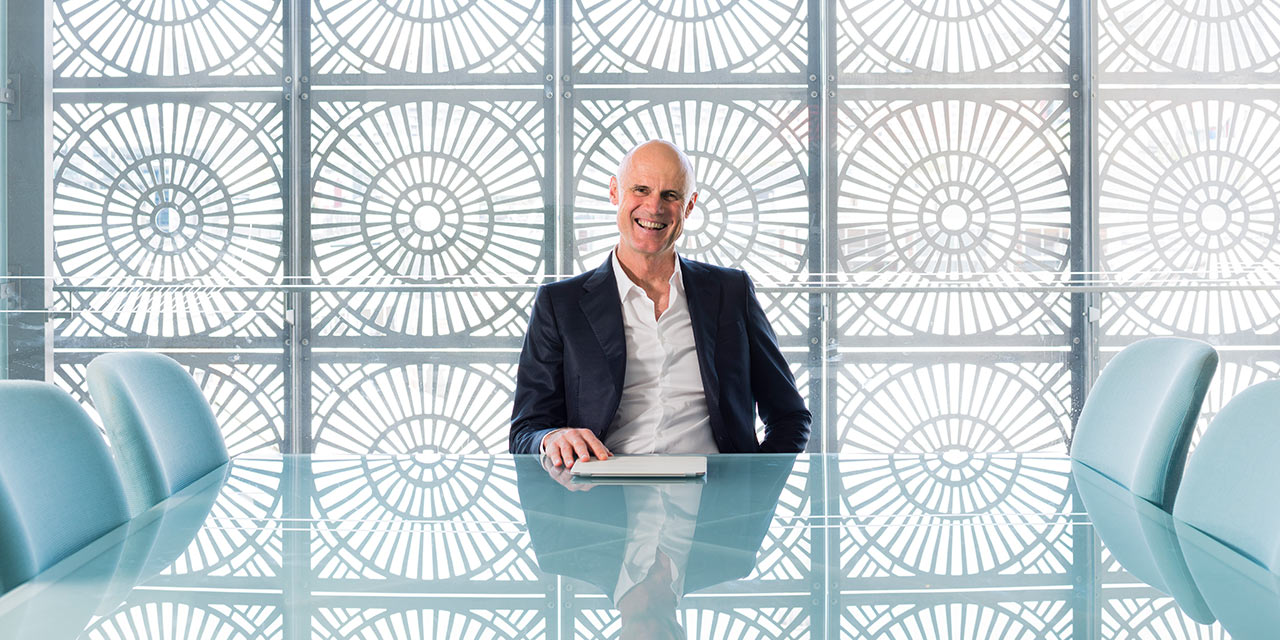
Phillip Mills
Executive director, Les Mills International
I don’t have a problem with a cycling class being entertaining. We are, after all, in the motivation business as much as we are in the fitness business. We have to make group exercise fun. At Les Mills, we’ve pushed entertainment to the max in our TRIP classes. Other brands like SoulCycle deliver entertainment through their lighting, their music, their excellent instructors, the great presentation of their classes.
But I do have an important observation. We’ve developed three cycling classes at Les Mills over the years – RPM, SPRINT and THE TRIP – and that’s because people like cycling. You don’t have to add other exercises to it. Give people the essence of what it is they’ve come to you for. Give them the best feeling of cycling you can, then encourage them to take part in other modalities separately so they enjoy the best possible feeling of those too.
Integrating light hand weights into a cycling class, for example… If that’s the only class you ever do, you might like the fact it includes a bit of upper body, but realistically you’ll get far more benefit and far more enjoyment from doing weights in a different format – in the gym, for example, or a BODYPUMP class. The same goes for other modalities. You don’t have to mix everything up in one class.
I also have questions about some of the choreography I see out there – all that standing in the pedals and sprinting. I think majoring on that sort of choreography actually narrows your audience, because it’s very hard for most people to do. It also comes with an injury risk.
In our classes, if you’re standing in the pedals, you’re doing a hill climb: slow, high resistance, working legs, glutes and core. Sprinting is done in the saddle, where people are able to do it – and do it safely. This, we believe, is the way to maximise the benefits.
For me, then, it isn’t about form versus content, style versus substance. You do want both – but first and foremost you need to get your content right.
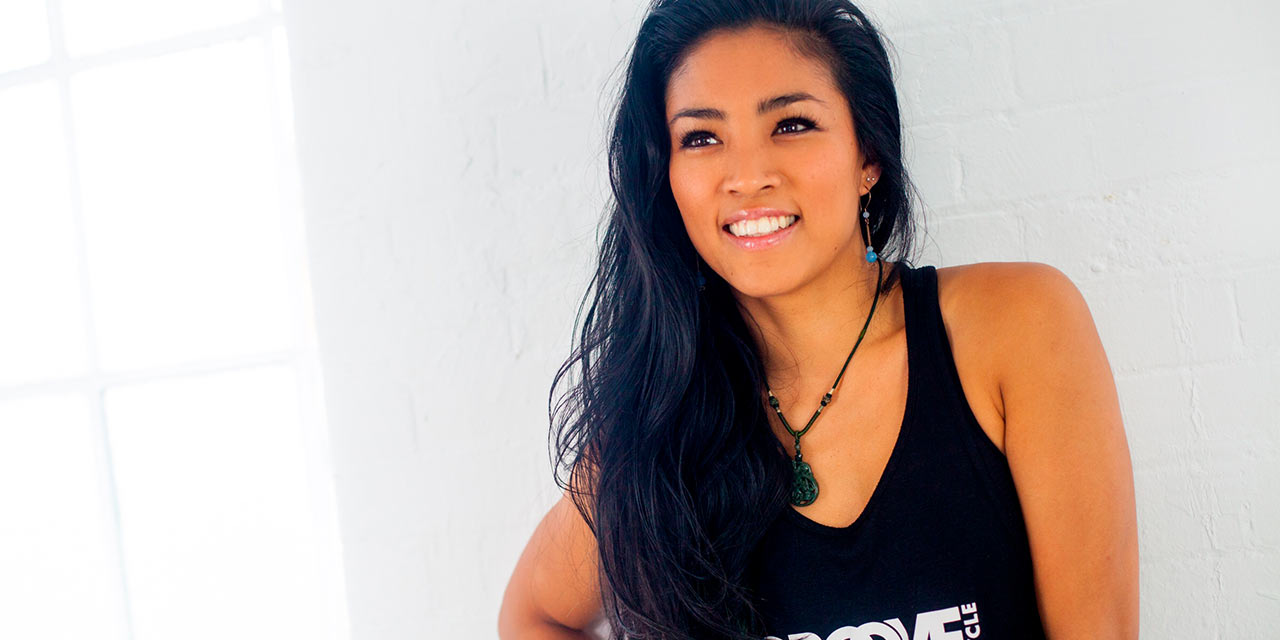
Sarah-Jane (SJ) Aboboto
Creator & founder, GrooveCycle
As a professional dancer, indoor cycling was never on my radar. Moving while getting lost in the music was my way of staying healthy and active.
That changed when I experienced my first SoulCycle class, where the music and what I was doing on the bike were so well linked. Riding in sync with the music, going through waves of different emotions, I got a similar feeling to when I danced – and in turn, that encouraged me to work harder.
And music is a motivator for many people. When accompanied with good planning and coaching, the right music choices play a significant role in getting riders into the red and yellow ‘performance’ heart rate zones without even realising it. By which I’m trying to say, rhythm classes don’t mean you won’t get results. Instructors just have to keep their skills sharpened so they always deliver the best possible experience, the best journey, for their style of class.
With this thought in mind, I created GrooveCycle, which offers two styles of rhythm cycling. My main purpose: to get more people to be active, feel good, release their stresses and have fun – all in a safe environment that’s focused on preventing injuries and avoiding excessive workload. But interestingly, we’ve found it appeals to a very mixed audience: not only people who previously felt indoor cycling wasn’t for them, but also avid outdoor cyclists and regular indoor cyclists.
Nevertheless, I had a mixed bag of opinion: some people loved the creativity and fresh approach to exercise; others resisted it, saying it was more style over substance. But those who actually tried a class tended to come back for more. Why? Because we deliver a great balance between style and substance: an awesome experience and a great workout.
In fact, I’ve come to appreciate data and performance riding in my other role as Stages master educator, and I firmly believe you can connect and combine the two worlds. Rather than seeing rhythm as style and performance as substance, both can work together to boost motivation and effort levels, so riders see and feel the results.
Geoff Bamber
Founder & CEO, Digme Fitness
The group fitness market generally, and the cycling studio market specifically, have grown hugely over the last few years. It’s therefore inevitable that competitors are looking for ways to differentiate their brands, but it’s important to do so carefully.
Cycling is a wonderful, accessible form of group exercise, but like most forms of exercise it can be compromised by poor instruction or programming that – in an attempt to be fun or cool – renders it less safe or less effective.
Our view: it’s not fun or cool to be injured! The coolest kind of exercise is the kind you go back to time and again, getting fitter each time, and that can be done safely, without risk of injury.
That’s why, although community and fun are key to our offering at Digme, we believe the workout is king. Our focus is always on giving people a safe, authentic, effective workout. We believe authenticity and safety are under-rated qualities in cycling classes: we never instruct movements or pedal speeds that we believe to be unsafe.
And then effective: this is really key for us and why, going back to the topic being discussed, we’re confident in the ‘substance’ of our classes.
We have a series of signature Perform workouts, for example, which engage with more technical concepts such as Functional Threshold Power to customise workouts to the individual, making them tough but inclusive. We use in-class technology to periodically drop in challenges, motivating customers to really push themselves. And we gather highly accurate data from our bikes, so riders receive meaningful feedback and can track real, tangible progress – even before it’s visible physically.
Hilary Rowland
Co-founder, Boom Cycle
Funnily enough, since day one we’ve always said we were ‘substance over style’. In part, this is down to our fit-outs, which are nice but without over-spending on being really flashy. We focus most of our efforts and energy on the product itself: the class content and delivery.
A Boom Cycle ride is a metric- free, party-on-a-bike style experience that focuses on bringing escapism to riders’ busy lives – but it’s also a workout that packs a punch.
Our rides are led by expert motivators, all of whom we have hand-picked via auditions and then intensively trained through a five- to six-week training programme called Boom-i-versity. This is a very challenging programme to ensure all our instructors bring the best possible experience to our riders.
In terms of the classes themselves, these have also been very carefully designed. They
feature simple moves that are easy to understand and follow, and everything is underpinned by keeping the core tight and the right amount of resistance on the bike. All moves (especially upper body) are executed within the back-to-forward plane only.
A Boom Cycle ride at its basic level is challenging, so riders are advised they can sit down and take a break whenever they want or need to.
Yet all of this is done in a way that’s inclusive and unpretentious. No numbers, no competition, just fun and high fives all round. With the lights low and a world-class sound system, we engage riders mentally as well as physically, immersing them in the ultimate ‘party on a bike’ experience and encouraging them to cut loose from their day and forget their stresses.
We’re proud to have created five thriving studios and a Boom’ing community in each of these.

Conceived, powered and funded by BODY BIKE®, RIDE HIGH has a simple mission: to celebrate and champion the very best of indoor cycling, sharing ideas, stories and experiences from around the world to inspire the sector on to even bigger and better things. Subscribe for free by leaving your details below and we'll send indoor cycling's hottest news direct to your inbox three times a year.

